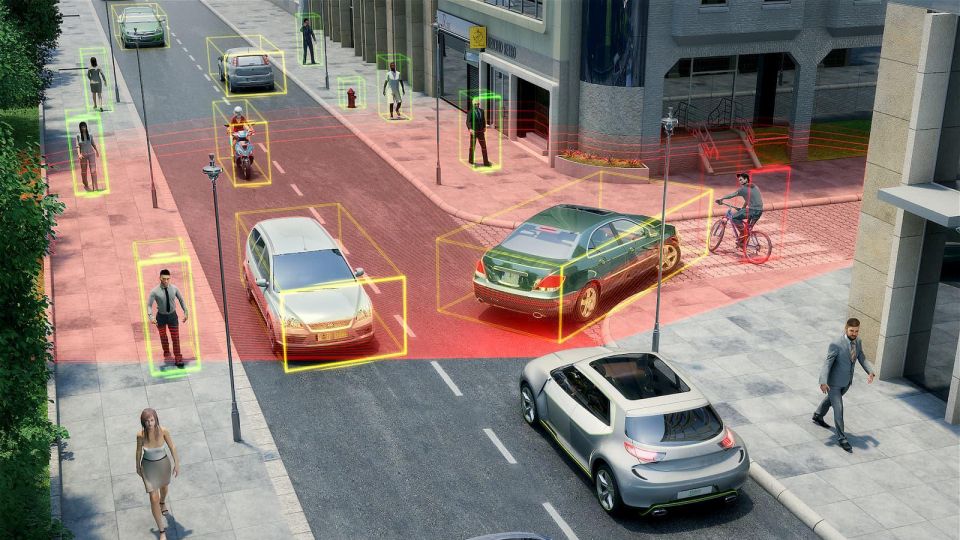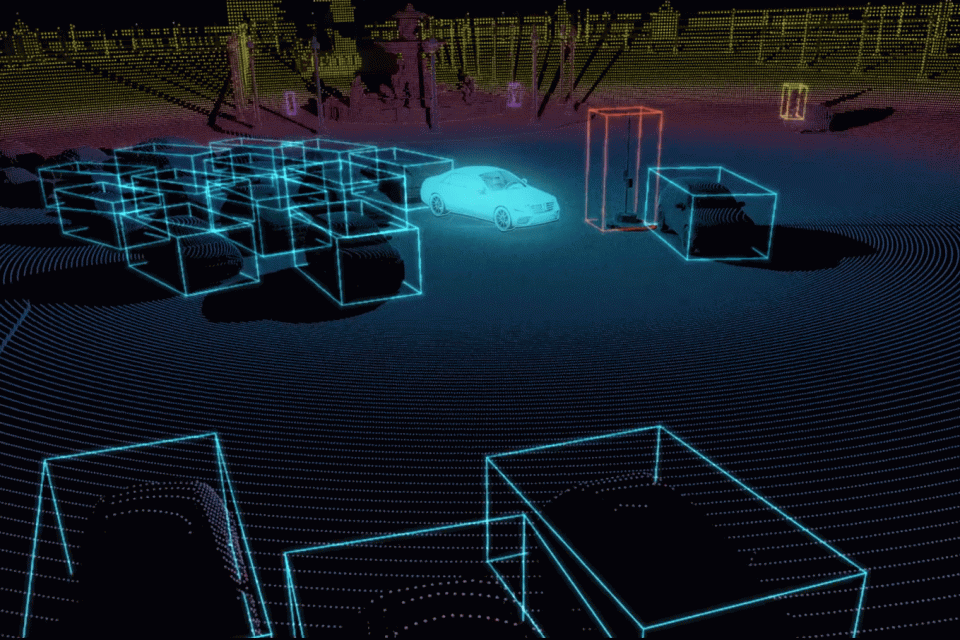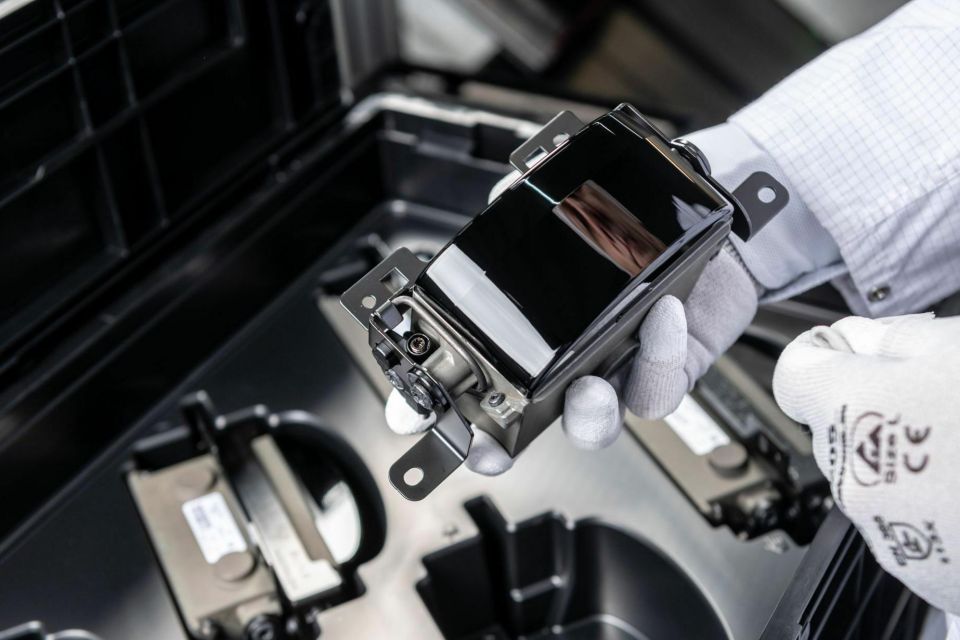

Max Davies
2026 GWM Cannon Ultra review
6 Days Ago
Stellantis is tapping Valeo for a level 3 autonomous driving feature using LIDAR that's a newer version of a system used in the Mercedes-Benz S-Class.

News Editor


News Editor
Stellantis will introduce Level 3 autonomous driving technology in 2024, utilising LIDAR from French supplier Valeo.
The term ‘Level 3’ means drivers can take their hands off the steering wheel and their eyes off the road, though they must be able to take back control of the vehicle at any moment – no napping behind the wheel, then.
Multiple unspecified Stellantis vehicles will use Valeo’s third-generation Scala 3 LiDAR tech, which the company says has a resolution nearly 50 times that of its second-generation device, with range three times better.
It’s unclear which Stellantis vehicles will employ the Valeo system, though next-generation Maserati vehicles like the electric Quattroporte successor appear to be plausible applications.

“Thanks to our L3 autonomous driving solution leveraging Valeo’s latest generation LiDAR, we will offer a more enjoyable driving experience and give back time to the driver during their journeys,” said Stellantis’ chief software officer, Yves Bonnefont.
The LiDAR can detect objects more than 150m ahead, which can be missed by cameras, radars or, indeed, the human eye.
LiDAR, short for light detection and ranging and originally developed for aviation, uses the pulse from a laser to bounce off objects, collecting measurements and mapping an object’s surroundings.
In a vehicle, it recreates a 3D image of the car’s surroundings using what’s called a point cloud, maps the ground topology, and detects road markings.

Valeo also says its system uses artificial intelligence algorithms, anticipating obstacles ahead and steering the vehicle’s trajectory accordingly.
It’ll work at temperatures from -40 to +85°C.
In vehicles, LiDAR is typically used alongside cameras and sensors. Volvo will use the technology in its XC90 successor, while companies like Nio have also introduced LiDAR tech.

The second generation of Valeo’s LiDAR system has already been deployed in the Mercedes-Benz S-Class, the first car in Europe to be permitted to operate as a Level 3 autonomous vehicle on highways.
While Audi walked back plans to roll out Level 3 autonomous driving technology, other automakers are plugging on.
BMW says it’ll introduce it at some point in its new 7 Series, while Honda already introduced Level 3 tech in its flagship Legend in the Japanese market last year with its Traffic Jam Pilot system.

Despite the name, Tesla’s so-called Full-Self Driving mode is effectively a Level 2+ driver support technology, with drivers required to have their hands on the steering wheel at all times.
General Motors’ Super Cruise and upcoming Ultra Cruise systems are also considered Level 2+ systems, something the company has said publicly.
Tesla has ruled out the use of LiDAR in its vehicles, and has even removed radar from its Model 3 and Model Y. The Tesla Vision suite consists solely of cameras.
MORE: How autonomous is my car? Levels of self-driving explained
William Stopford is an automotive journalist based in Brisbane, Australia. William is a Business/Journalism graduate from the Queensland University of Technology who loves to travel, briefly lived in the US, and has a particular interest in the American car industry.


Max Davies
6 Days Ago


Josh Nevett
4 Days Ago


Max Davies
4 Days Ago


Max Davies
3 Days Ago


Neil Briscoe
2 Days Ago


Max Davies
15 Hours Ago